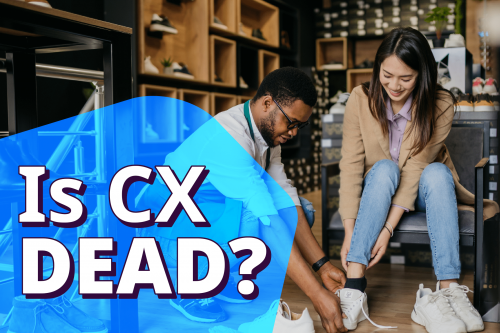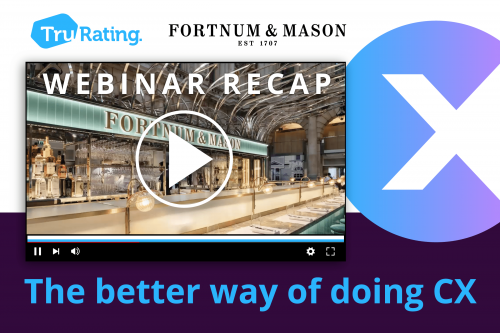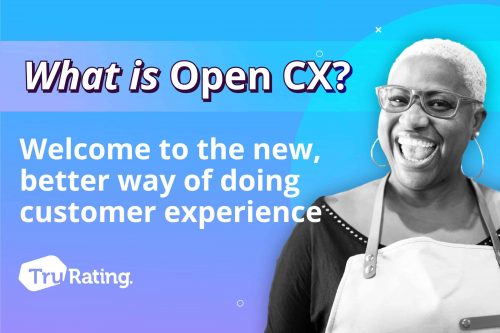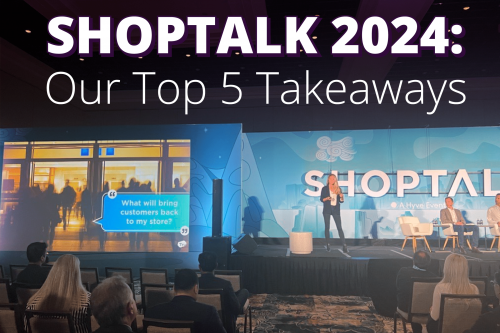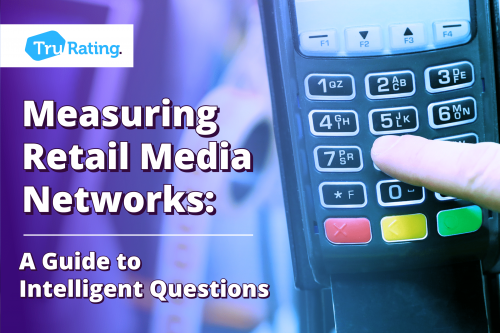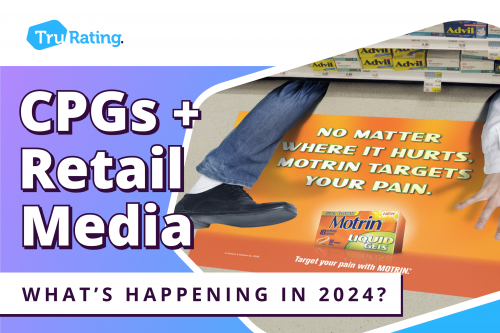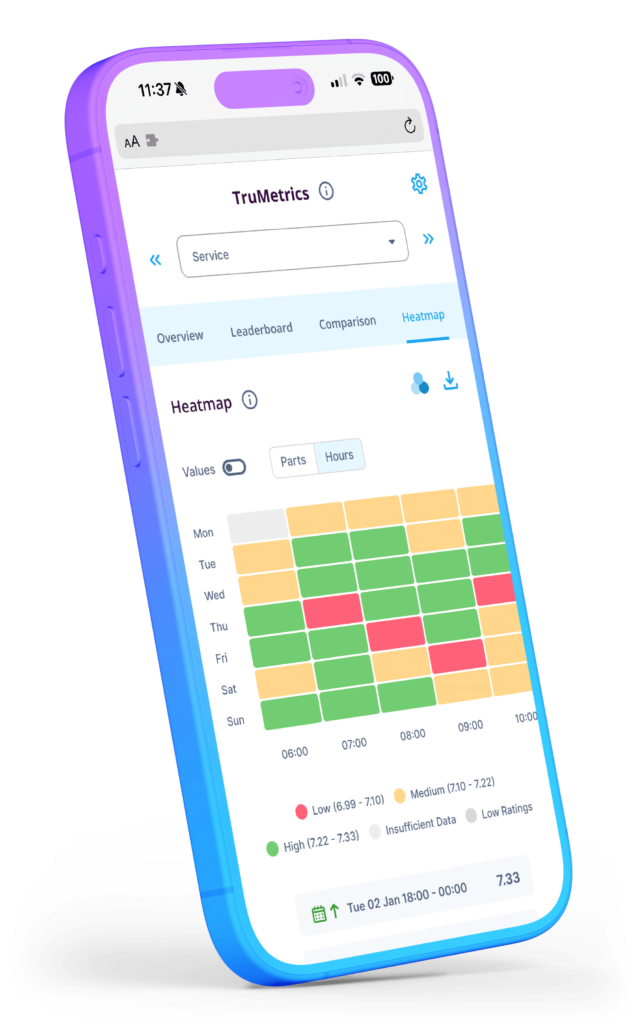There are at least five basic ways for retailers to drive up their revenues.
1. Increase footfall – by getting more customers into the store
2. Increase conversion – by getting more customers to make a purchase once they are in the store
3. Increase basket size – by encouraging customers to add one more item to their basket while they are shopping
4. Increase repeat visits – by encouraging customers to return more often so that they make one extra visit across the year
5. Upsell – by encouraging customers to trade up to a more expensive item
Following on from Monday’s post – today I’m going to look at the fourth item on this list – rather than driving to one more basket item, this time we’ll look at the types of behaviour that can encourage one more visit.
Increasing Repeat Visits
In the previous post we looked at how to encourage customers to spend more through relevant offers. While this can deliver a small increase, a more substantial increase can often come through driving more frequent returns – in effect aiming to add an extra visit throughout the year. This approach either ends up capturing an increased share of wallet from competitors where demand is fairly fixed (e.g. grocery) or by actually increasing the amount spent by the customer in the category as a whole.
Adding compelling reasons for your customers to return can range from the most obvious and direct (e.g. time-bound money off coupons for the next visit delivered at checkout) to more subtle approaches. One of our discount retailers uses its ever-changing product range to provide compelling reasons for customers to return to search for a new bargain every 2-4 weeks. High-frequency customers for this retailer report that they are not looking for a specific product, rather they’re chasing the joy of the treasure hunt aspect of their customer experience.
Another retailer we work with has started to add computer gaming venues next to their primary store locations as a way of giving their target market a compelling reason to return to their stores on a more frequent basis. The retailers who are willing to embrace experiences outside of industry norms can often find innovative ways to drive visits, without over-saturating their core offer.

The Importance of Customer Service
Outside of initiatives like the above, one of the most significant drivers for encouraging repeat visits is excellent customer service. When looking at driving bigger baskets in the previous post we saw that improved customer service only impacted basket size up to a certain point and that once customer service reached an expected level the benefits on basket size plateaued. However, a very different pattern emerges in terms of impact on repeat visits.

To have a significant impact on increased customer return rates, it is not just enough to meet basic expectations or even to deliver slightly above them. To really drive a change in customer behaviour, you have to be able to go above and beyond. In one study we saw that customers who felt they received great customer service were much more likely to return than those customers who received only good or poor customer service. Interestingly there was very little difference in return rate between customers who had received good or poor customer service.
The key point here is that great rather than good customer service is an investment that pays off in the long term. While you may be able to convince some of your customer bases to spend more with you while they’re in your store or on your website – the key to winning them over as loyal customers and maximising revenue is to deliver excellent customer service time and time again.
This is where superior customer experience truly makes the difference – and why you need to understand where you’re hitting the mark and where you’re letting yourself down.
Where to Focus for Maximum Impact
A final point worth making around repeat visits is where to focus your efforts as a retailer. Time and again we see loyalty programs that are focused on delivering benefits to already very loyal customers – either through implementing a very high qualification bar for benefits or by offering benefits that will only appeal to a small percentage of the customer base.
However, when we profile the retailer’s customer base (using our anonymous tracking of payment cards) we find (especially in fashion rather than grocery-retail) that the vast majority of customers are only visiting once or twice a year.
The key revenue benefit from repeat customers is driven by scale and is much more often about getting the uncommitted and occasional customer to make their second or third visit of the year not about getting a loyal customer to make their sixth or seventh visit. By lowering the barriers to loyalty and thinking about how to service customers who may not immediately be inclined to take part in such programs, you can start to build an inclusive rather than exclusive approach, that maximises revenue while remaining customer-centric.
As Doug Glazer, Director of Loyalty for online sports community Fanatics put at this year’s NRF – “loyalty is something we strive to earn from our customers, not something that customers earn from us”.




